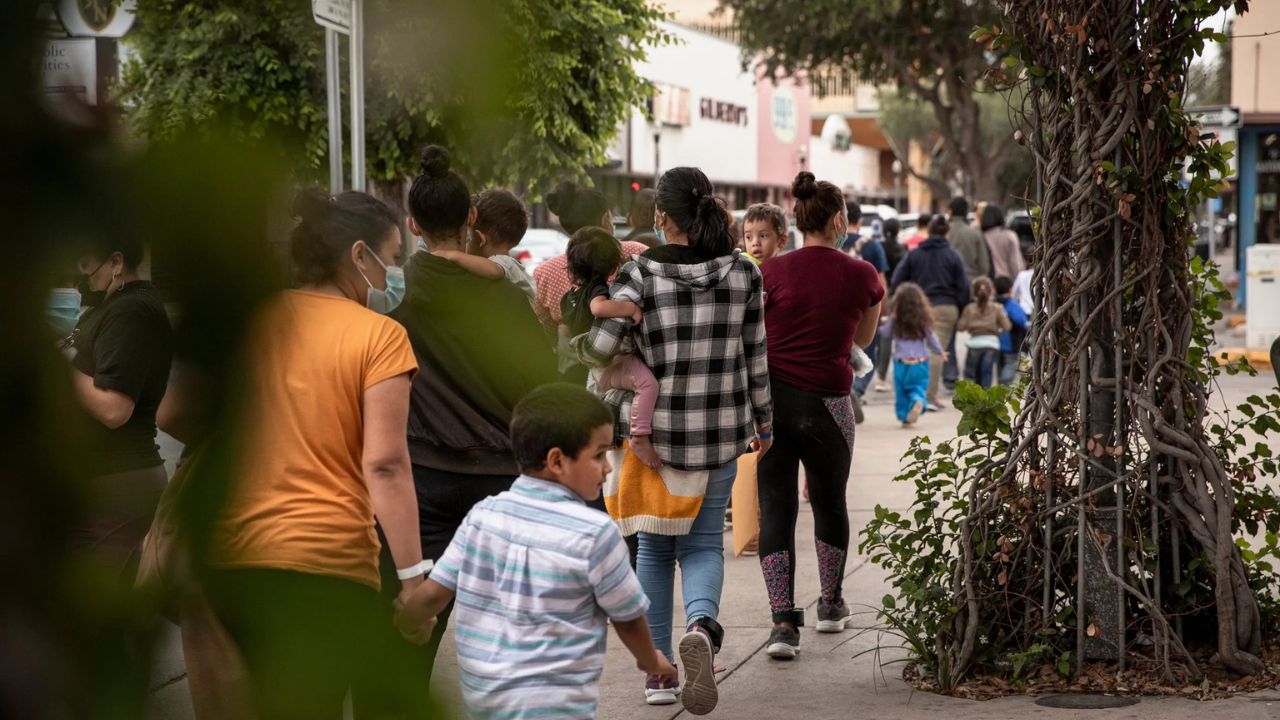In recent weeks, New York City has implemented new rules effectively banning street vendors from operating on city bridges. This move has sparked controversy and raised concerns about the livelihoods of these vendors, who rely on such businesses to make ends meet. The ban, which has been met with criticism, highlights a broader trend of increased regulation and restrictions imposed by the state and local governments.
Street vendors have long been a quintessential part of the New York City landscape, offering a diverse array of goods and services to residents and visitors alike. Whether it’s food, clothing, or souvenirs, these vendors play a vital role in the city’s vibrant street culture and economy. However, the recent ban on street vending on city bridges represents a significant departure from this tradition.
According to reports, New York City police officers have been actively enforcing the ban, ordering street vendors to vacate city bridges. The sight of vendor carts being hurriedly removed from the Brooklyn Bridge and other locations has become a stark reminder of the changing landscape of street commerce in the city.

The ban has elicited strong reactions from various stakeholders, with many expressing concern about its impact on the livelihoods of street vendors. For these individuals, street vending is not just a source of income but also a means of survival in an expensive and competitive city. The sudden prohibition of their businesses in high-traffic areas has left them struggling to adapt and find alternative sources of income.
Critics of the ban argue that it represents an overreach of government authority and unfairly targets small businesses and marginalized communities. They contend that street vendors play an integral role in the city’s cultural fabric and should be supported rather than restricted. Additionally, some question the rationale behind the ban, suggesting that it may be driven by concerns about congestion or aesthetics rather than genuine public safety or welfare considerations.
While the ban is currently limited to New York City, there are concerns that similar restrictions could be imposed in other parts of the state in the future. The influence of the Big Apple often sets the tone for policies and regulations across New York State, raising the possibility of a broader crackdown on street vending statewide.
Read More News:
- From Fringe Theory to Supreme Court Showdown: The Evolution of the 14th Amendment Case
- Florida Governor DeSantis Supports Homelessness Bills to Address Unhoused Population
- South Florida Man Arrested on Dozen Felony Charges, Including Grand Theft Auto and Possession of Stolen IDs
As debates continue over the merits and implications of the street vendor ban, it remains to be seen how vendors, policymakers, and residents will navigate this evolving landscape. The outcome of these discussions will shape the future of street commerce in New York City and beyond, underscoring the complex intersection of economic, social, and regulatory factors at play.






